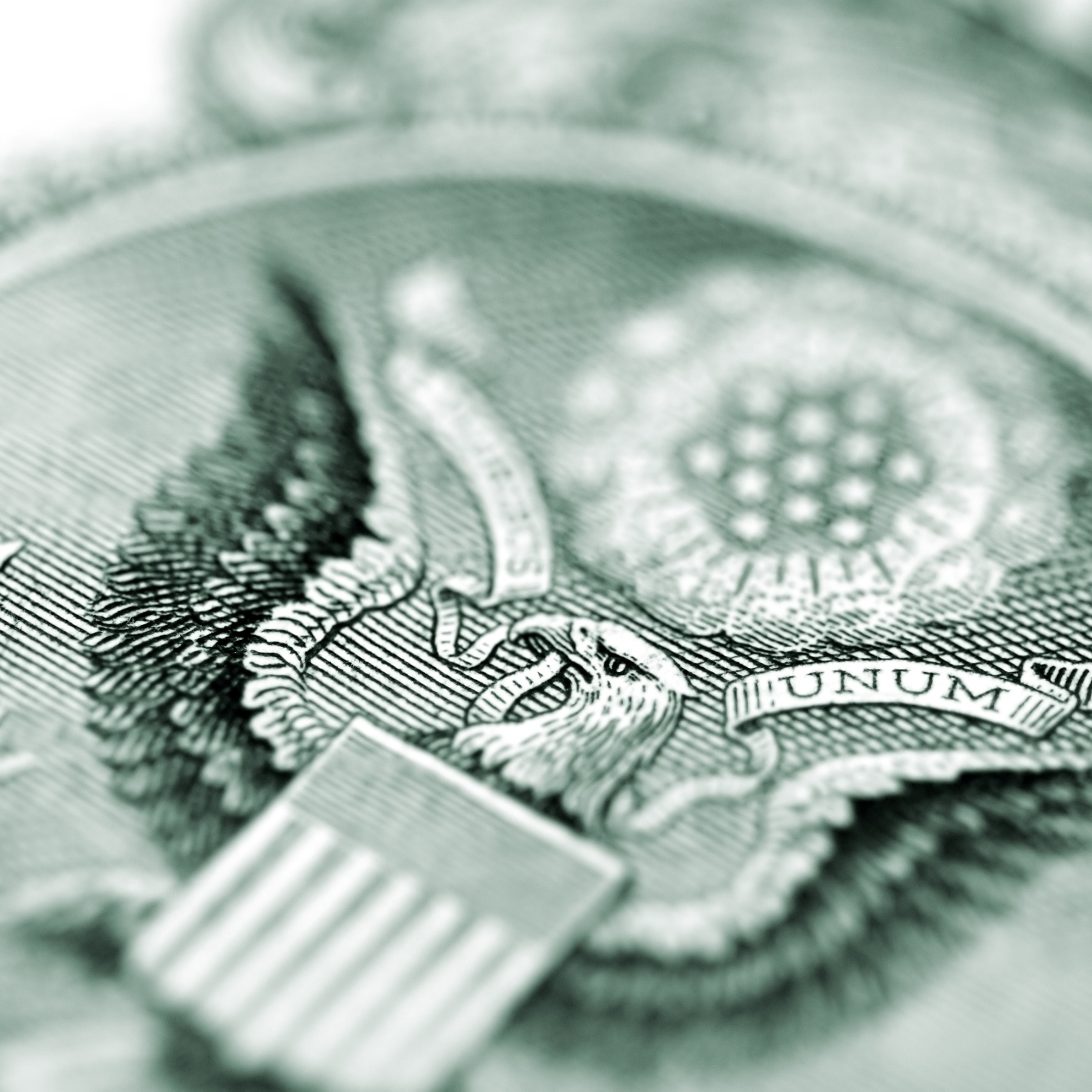Economy
Strong Q3 GDP Looks Driven by Sideline Data Rather Than Broader Gains

Published:
Last Updated:

It’s finally out, and it’s better than expected! The Bureau of Economic Analysis in the U.S. Department of Commerce has released its preliminary look at third-quarter gross domestic product (GDP) for the United States. After the prior five GDP reports were weak at less than 2% growth (only 1.4% in the second quarter), the third-quarter GDP was projected to have risen by 2.9% on the headline report.
Bloomberg, Thomson Reuters and Dow Jones were all calling for 2.5% GDP growth in the third quarter. This was actually the largest percentage pop since the third quarter of 2014. The good news, or at least the great surprises, may have ended there though. To prove the point, Treasury yields did not scream higher.
The price index rose by 1.4% on a seasonally adjusted basis. Bloomberg was calling for 1.5% on the price index. Thomson Reuters was calling for 1.4% on the price index, and Dow Jones (WSJ) was looking for 1.3%. As a reminder, the Federal Reserve wants to see inflation running in the 2.0% to 2.5% range in order to justify a rate hike.
GDP is roughly two-thirds driven by consumer activity, which was not so strong. There was a big pop in exports and a buildup of inventories. The personal consumption expenditures rate rose by 2.1% in the third quarter versus 4.3% in the second quarter.
Exports rose 10%, but a lot of this is tied to agricultural sales (particularly soybeans). Imports were up 2.3%, and the overall trade of imports/exports was a net add of 0.83 points in the third quarter. These numbers are all also subject to revisions. Private inventories also added 0.61 points to the GDP growth.
Where the breakdown between great and good comes into play is on real final sales. This excludes inventory effects, and this figure was a gain of 2.3% in the third quarter. The second quarter’s growth there was actually 2.6%. Nonresidential fixed investment also rose by 1.2% in the third quarter after a 1.0% gain in the second quarter. The first look at residential fixed investment was way down, −6.2%, marking the second drop in a row. Government spending was up by 0.5%, which had stronger federal spending offset a decline in state and local government spending.
The BEA’s current-dollar GDP was up 4.4%, or up $201.1 billion, in the third quarter to a level of $18.6512 trillion. The second quarter’s current dollar GDP rose by 3.7%, or $168.5 billion.
Here is how the Commerce Department described the personal income and savings rates:
Current-dollar personal income increased $153.6 billion in the third quarter, compared with an increase of $153.1 billion in the second.
Disposable personal income increased $125.3 billion, or 3.6 percent, in the third quarter, compared with an increase of $140.6 billion, or 4.1 percent, in the second. Real disposable personal income increased 2.2 percent, compared with an increase of 2.1 percent.
Personal saving was $800.6 billion in the third quarter, compared with $793.5 billion in the second. The personal saving rate — personal saving as a percentage of disposable personal income — was 5.7 percent in the third quarter, the same as in the second.
It was just in September that the Federal Reserve officially projected that GDP growth would remain muted, perhaps for years. Still, the more recent GDPNow model forecast from the Atlanta Federal Reserve Bank was for real seasonally adjusted GDP growth to be 2.1% in the third quarter of 2016, up from the prior 2.0% estimate just a week earlier.
The 10-year Treasury yield was last seen at 1.875%. It was almost 1.87% right before the GDP report was released and was at 1.845% late on Thursday.
It goes without saying that this reading is stronger than expected on the headline data. Maybe you can explain that down on a net basis when you break down the actual numbers into components. And hopefully this was not just a soybean bump as the financial media has been pointing out as being much of the gains. The price index was much more in line with expectations.
If you’re one of the over 4 Million Americans set to retire this year, you may want to pay attention.
Finding a financial advisor who puts your interest first can be the difference between a rich retirement and barely getting by, and today it’s easier than ever. SmartAsset’s free tool matches you with up to three fiduciary financial advisors that serve your area in minutes. Each advisor has been carefully vetted, and must act in your best interests. Start your search now.
Don’t waste another minute; get started right here and help your retirement dreams become a retirement reality.
Thank you for reading! Have some feedback for us?
Contact the 24/7 Wall St. editorial team.